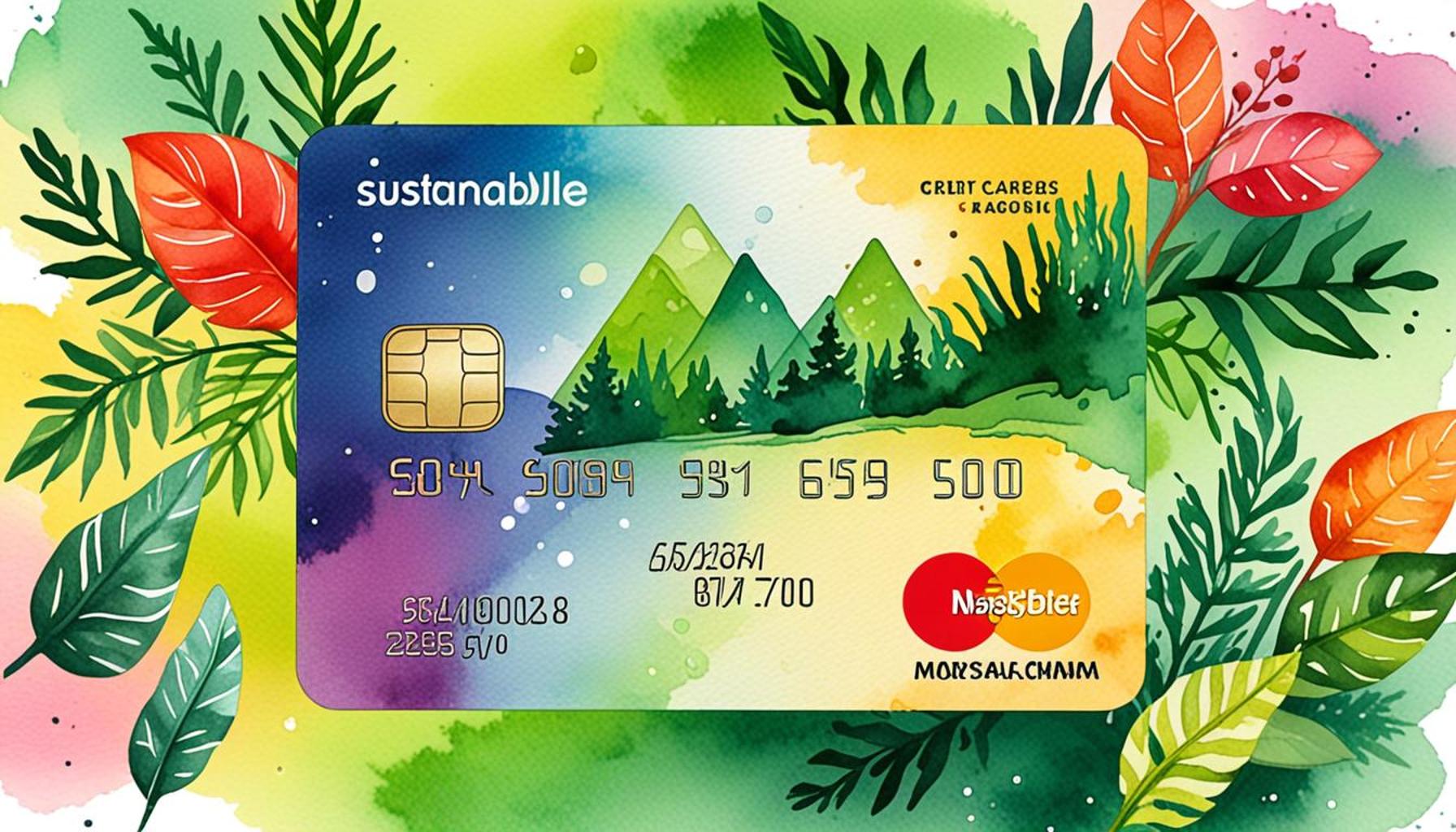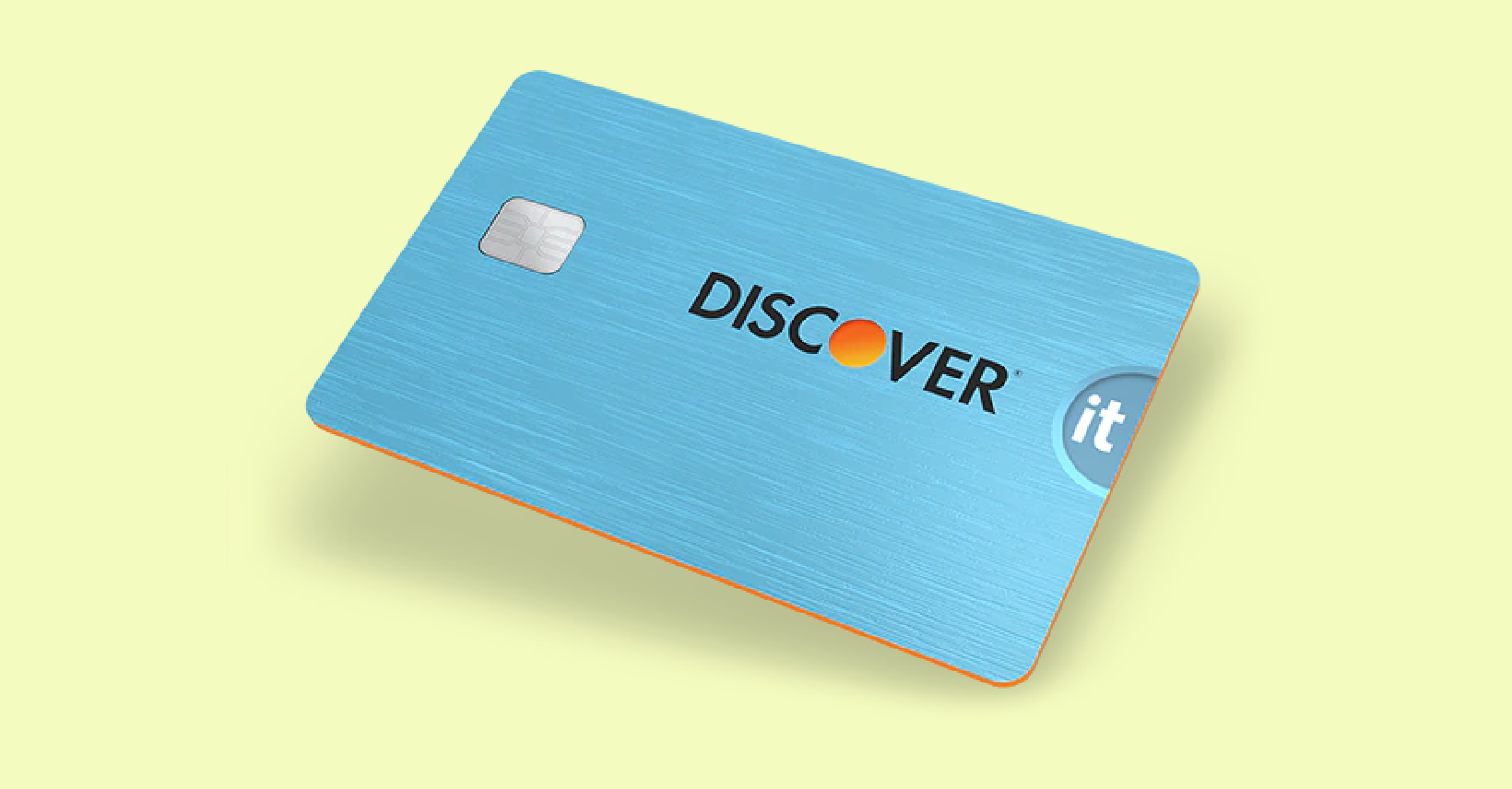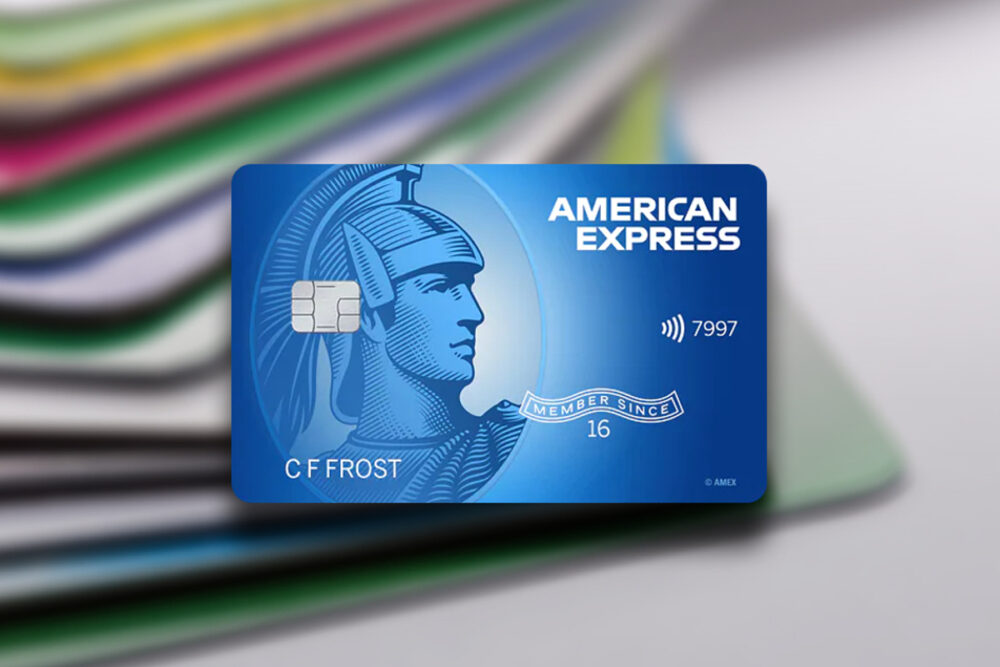Sustainable Credit Cards: The New Frontier of Ecological Finance

The Rise of Sustainable Credit Cards
As consumers become increasingly aware of the impact their financial choices have on the environment, the demand for sustainable financial products is on the rise. In this pursuit, sustainable credit cards have emerged as a formidable tool for those looking to merge spending with a commitment to ecological responsibility. These cards not only function as a means to manage daily expenses but also enable users to contribute positively to issues such as climate change and environmental degradation.
One of the most compelling features of sustainable credit cards is their carbon offsetting programs. For instance, many card issuers collaborate with organizations dedicated to environmental conservation, allowing consumers to automatically donate a portion of their spending towards efforts that neutralize carbon emissions. Some cards might even provide options for consumers to track the carbon offset generated by their purchases, thus making them more aware of their individual impact on the environment.
Additionally, eco-friendly rewards are a significant allure for users. Instead of traditional cashback, these cards often offer points that can be redeemed for products or services aligned with sustainable practices. Examples include discounts on organic food, renewable energy services, or even memberships to environmental organizations. Such rewards foster a culture of sustainability among consumers, encouraging them to make greener choices not just for themselves, but for the broader community.
Moreover, numerous issuers have initiated tree planting initiatives. For every new card that is activated, they commit to planting a tree, contributing to reforestation efforts. This kind of program not only enhances a cardholder’s connection to their financial choices but also helps combat deforestation and biodiversity loss. In the U.S. alone, several banks and financial organizations have launched such initiatives, creating an engine for positive environmental change while attracting eco-conscious consumers.
The statistics are compelling: research suggests that shifting to a sustainable credit card can potentially help reduce an individual’s carbon footprint by thousands of pounds annually. As we navigate the complexities of climate change, the synergistic relationship between spending behaviors and environmental impact is becoming increasingly clear. Consumers are not merely looking for financial savings; they are searching for avenues to embody their values in every aspect of their lives.
The concept of ecological finance has prompted a shift in how financial services are marketed and consumed. Sustainable credit cards represent a crucial juncture where finance meets environmental stewardship, urging consumers to reassess their financial habits. With a myriad of options available on the market today, many may find that switching to a more sustainable credit card not only supports their financial goals but also plays a part in nurturing a healthier planet.
Ultimately, sustainable credit cards stand as an innovative financial solution that reflects the growing consensus around climate responsibility. As individuals and communities strive for a sustainable future, these financial tools not only facilitate personal expenditure management but also carve out a critical pathway for consumers to support ecological sustainability through their everyday choices.
DISCOVER: Click here to learn how to apply
Understanding the Mechanics of Sustainable Credit Cards
Sustainable credit cards have evolved beyond mere financial tools; they are now integral components of a more responsible consumer culture. With the unique option to merge spending with environmental consciousness, these credit cards offer tailored solutions that align with an individual’s ecological values. But what exactly distinguishes these cards from traditional credit cards? Let’s delve deeper into their mechanics.
At the core of sustainable credit cards is the integration of socially responsible practices. Unlike conventional credit cards, which primarily focus on interest rewards and cashback benefits, sustainable cards often feature special programs that directly benefit the environment. Here are some core components that define these innovative products:
- Carbon Offsetting Initiatives: Many sustainable credit cards partner with organizations that focus on reducing greenhouse gas emissions. By allocating a portion of transaction fees toward various ecological projects, cardholders can effectively neutralize the carbon footprint associated with their spending.
- Recycled Materials: The physical cards themselves are often made from sustainable or recycled materials, demonstrating a commitment not just to financial ethics but also to reducing waste in the production process.
- Encouraging Socially Responsible Spending: Sustainable credit cards typically feature businesses that prioritize environmentally friendly practices. Some cards provide cash-back or rewards specifically for purchases made at eco-conscious retailers, further incentivizing sustainable choices.
In recent years, there has been a notable increase in awareness regarding the environmental impact of consumerism. According to a survey conducted by Deloitte, nearly 60% of consumers in the U.S. reported being interested in eco-friendly financial products. This trend suggests a significant alignment between financial habits and values, prompting consumers to seek out cards that not only manage their expenses but also align with their ethical beliefs.
Another noteworthy aspect of sustainable credit cards pertains to the transparency of spending. Many issuers provide data and tools to track the impact of users’ spending habits on the environment. Through advanced mobile applications or web-based dashboards, cardholders can see the cumulative effect of their purchases in real time, turning everyday spending into a platform for ecological awareness. This visibility not only empowers consumers to make informed choices but also cultivates a sense of community as users navigate their environmental footprint.
Moreover, the educational component of these credit cards cannot be overlooked. Many issuers offer resources on sustainable practices within their mobile apps, such as tips on reducing energy consumption or getting involved in local environmental initiatives. This blend of financial management with ecological education presents a unique opportunity for consumers to transform their financial landscape while nurturing a positive impact on the Earth.
The tangible benefits of sustainable credit cards extend beyond ecological awareness and education; they also contribute to the proliferation of a more conscientious consumer culture. As the appetite for products that promote sustainability continues to grow, so too does the potential for sustainable credit cards to shape the future of ecological finance in the United States. By choosing to embrace these innovative financial tools, consumers not only enhance their purchasing power but also champion a vital cause—making strides toward a more sustainable planet.
DISCOVER MORE: Click here for detailed application tips
The Financial Benefits of Sustainable Credit Cards
As the environmental scrutiny of consumer choices rises, sustainable credit cards are stepping into the spotlight not only as appliances for eco-conscious spending but also as compelling financial instruments. Beyond their ecological advantages, these cards frequently offer enhanced features designed to benefit users both fiscally and socially. Understanding how these financial advantages can translate into real savings and lifestyle enhancements is crucial for consumers considering a shift in their spending habits.
A key financial incentive that differentiates sustainable credit cards from their traditional counterparts lies in potentially lower interest rates. Many card issuers aiming to attract environmentally conscious customers are offering competitive rates and flexible payment structures. A survey by Bankrate found that individuals who possess sustainable credit cards often enjoy a 1-2% lower annual percentage rate (APR) compared to conventional cards. This difference can lead to significant savings over time, especially for consumers who carry a balance.
Moreover, rewards structures in sustainable credit cards can be surprisingly lucrative. Many credit card providers now offer rewards points that can be redeemed for donations to environmental causes or purchases at eco-friendly retailers. For instance, a card might grant users three points per dollar spent at sustainable businesses, while providing one point per dollar spent elsewhere. This tailored system incentivizes eco-friendly shopping behaviors, allowing cardholders to not only accumulate rewards but also contribute to positive ecological initiatives.
Community-Centric Initiatives
Sustainable credit cards are also positioned within a larger context of community engagement. Card issuers often allocate portions of profit from sustainable credit card transactions to support local environmental and social ventures. This model creates a loop of mutual benefit, nurturing local ecosystems and empowering communities. For example, certain sustainable credit cards direct a percentage of daily spending toward tree-planting programs or renewable energy projects in the cardholder’s immediate area. This connection to local initiatives fosters a sense of ownership and engagement among cardholders, encouraging them to take pride in their contributions to environmental stewardship.
Understanding the Long-term Impact
An emerging argument for sustainable credit cards is not just about immediate financial benefits; it’s also about embracing a long-term vision for both financial stability and ecological sustainability. As the global economy continues to face pressure from climate change, businesses may increasingly speculate on the sustainability of their practices. By supporting sustainable credit cards, consumers indicate a preference for companies committed to green practices. In turn, this could influence mainstream financial institutions to adopt more sustainable measures in their own operations.
Additionally, as sustainable credit cards gain traction, innovative trends are emerging, such as blockchain technology for transparent tracking of fund allocations to ecological projects. This tech-forward approach not only elevates trust but also strengthens the accountability of eco-projects funded through the card transactions.
Finally, while environmental responsibilities are at the forefront, many sustainable credit cards also feature identity theft protection and enhanced security measures. This dual focus on personal security and ecological responsibility broadens their appeal, ensuring consumers feel protected as they embark on their sustainable spending journeys.
As consumers continue to seek products that reflect their values, sustainable credit cards stand as innovative solutions. They embody a fusion of financial prudence and environmentally conscious choices, paving the way for a future where spending harmonizes with sustainability.
DISCOVER MORE: Click here for a step-by-step guide
Conclusion
In a world increasingly aware of its ecological footprint, sustainable credit cards emerge as a compelling alternative that integrates financial savvy with environmental consciousness. These innovative financial tools not only offer lower interest rates and appealing rewards structures but also facilitate meaningful contributions to local and global sustainability efforts. By choosing to use a sustainable credit card, consumers actively participate in a broader movement that prioritizes ethical spending and community support, thus fostering a culture of environmental stewardship.
As more card issuers adopt the sustainable model, the potential for positive change amplifies. Consumers wield significant influence; their purchasing decisions can guide banks and financial institutions toward more sustainable practices. This evolution in consumer behavior sets a precedent for a future where financial choices align harmoniously with personal values and ecological health. The integration of technology, such as blockchain, further enhances transparency and accountability, ensuring that consumers can trust their contributions are genuinely supporting eco-friendly initiatives.
As we continue to navigate the complexities of the financial landscape, sustainable credit cards represent more than just a means of transaction—they symbolize a commitment to building a sustainable future. For those seeking to align their financial choices with their ethical beliefs, the journey begins with understanding and exploring the myriad offerings of sustainable credit products. Embracing this new frontier not only propels individual financial wellness but also collective ecological progress, paving the way for a generation that values both prosperity and planet.


